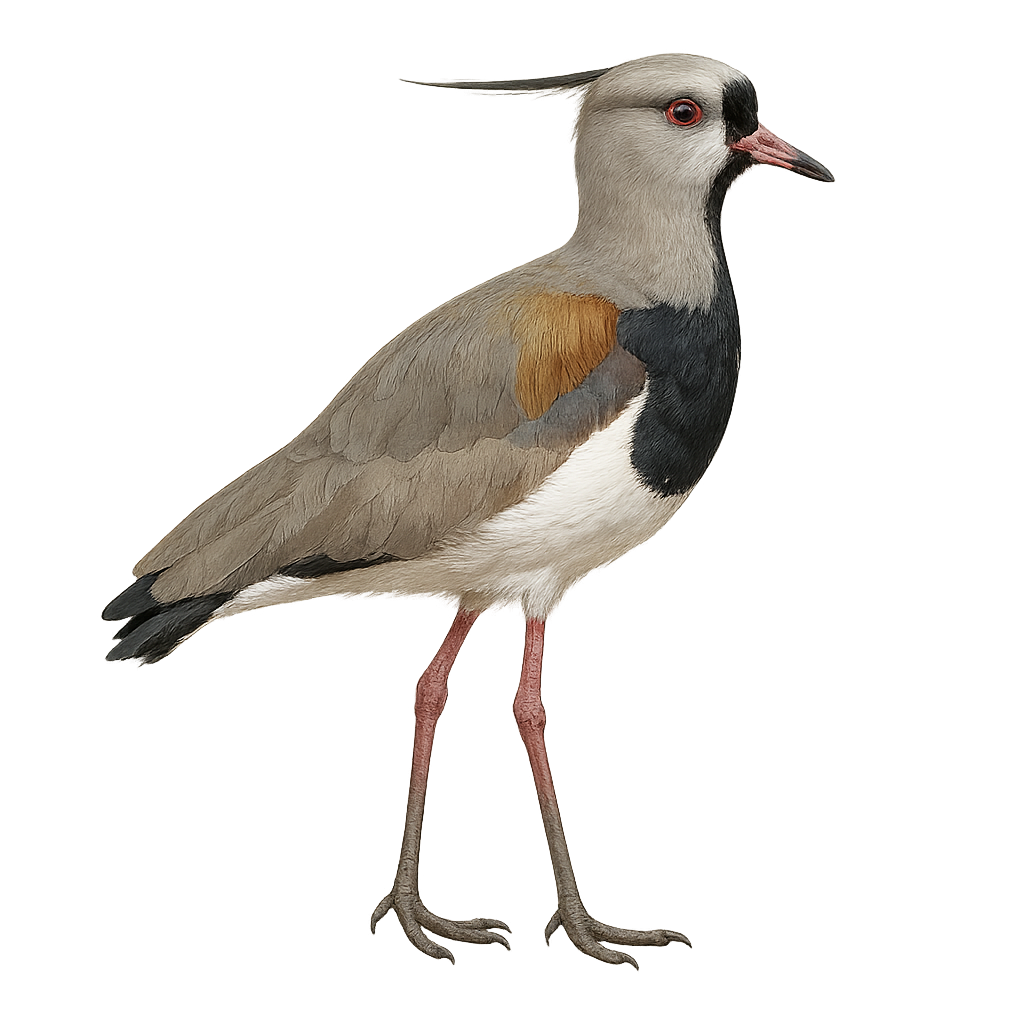Your wildlife photography guide.
Explore the southern lapwing in detail, study its behavior, prepare your shots.
Where to observe and photograph the southern lapwing in the wild
Learn where and when to spot the southern lapwing in the wild, how to identify the species based on distinctive features, and what natural environments it inhabits. The WildlifePhotographer app offers tailored photography tips that reflect the southern lapwing’s behavior, helping you capture better wildlife images. Explore the full species profile for key information including description, habitat, active periods, and approach techniques.
Southern Lapwing
Scientific name: Vanellus chilensis

IUCN Status: Least Concern
Family: CHARADRIIDAE
Group: Birds
Sensitivity to human approach: Suspicious
Minimum approach distance: 10 m
Courtship display: August to December
Incubation: 26-29 jours
Hatchings: September to January
Habitat:
Grasslands, wetlands, agricultural fields
Activity period :
Primarily active during the day, with peak activity in the morning and late afternoon.
Identification and description:
The Southern Lapwing, or Vanellus chilensis, is a striking bird from the Charadriidae family, easily identified by its grey and white plumage, black wings, and distinctive call. It is commonly found in open grasslands, wetlands, and agricultural fields across South America. This bird is notably territorial, often defending its space against intruders, including humans. It primarily feeds on insects, worms, and small invertebrates by pecking at the ground. The Southern Lapwing is also known for its distraction displays, feigning injury to lure predators away from its nest.
Recommended lens:
400 mm – adjust based on distance, desired framing (portrait or habitat), and approach conditions.
Photography tips:
To photograph the Southern Lapwing, use a 400mm or longer telephoto lens to capture details without disturbing the bird. Look for it in open grasslands or near wetlands. Be patient and discreet, as this bird is suspicious. Observe its territorial defense behaviors for dynamic shots. Morning or late afternoon light is ideal for rich-colored photos.
The WildlifePhotographer App is coming soon!
Be the first to explore the best nature spots, track rutting seasons, log your observations, and observe more wildlife.
Already 1 432 wildlife lovers subscribed worldwide

